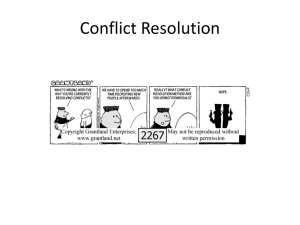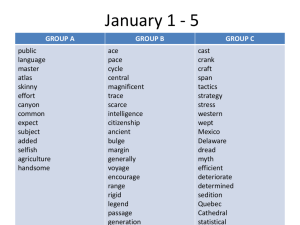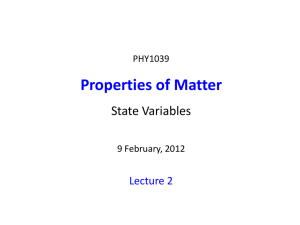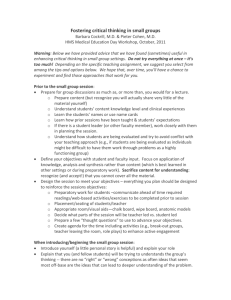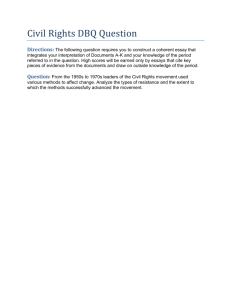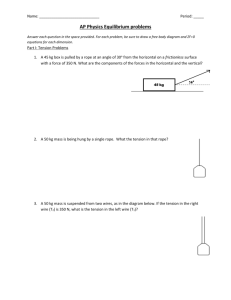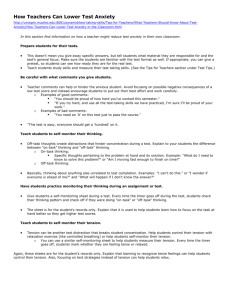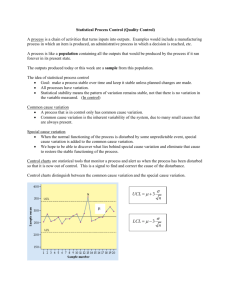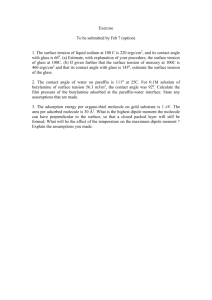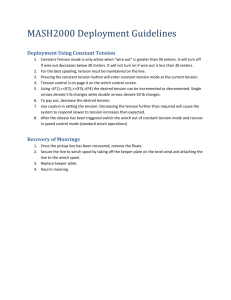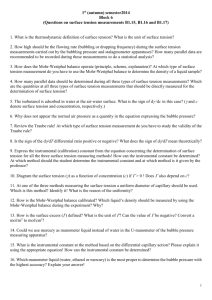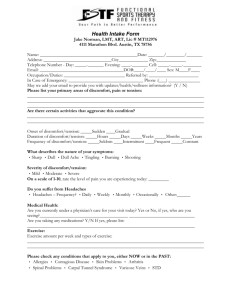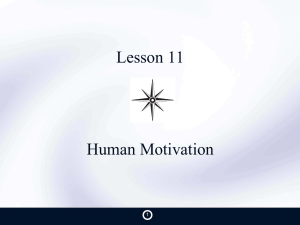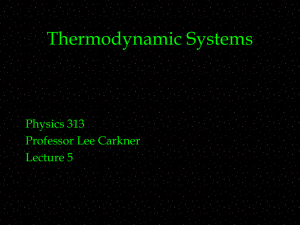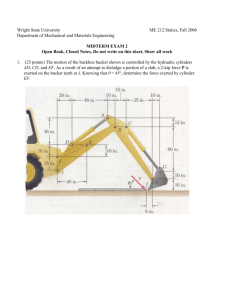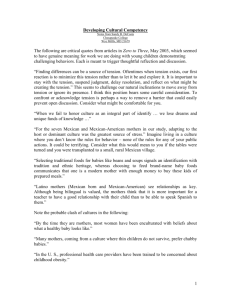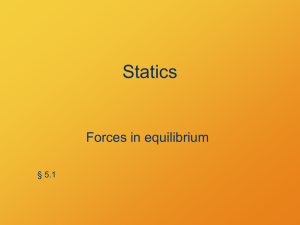Tool 4: Conflict Layers Analysis
advertisement
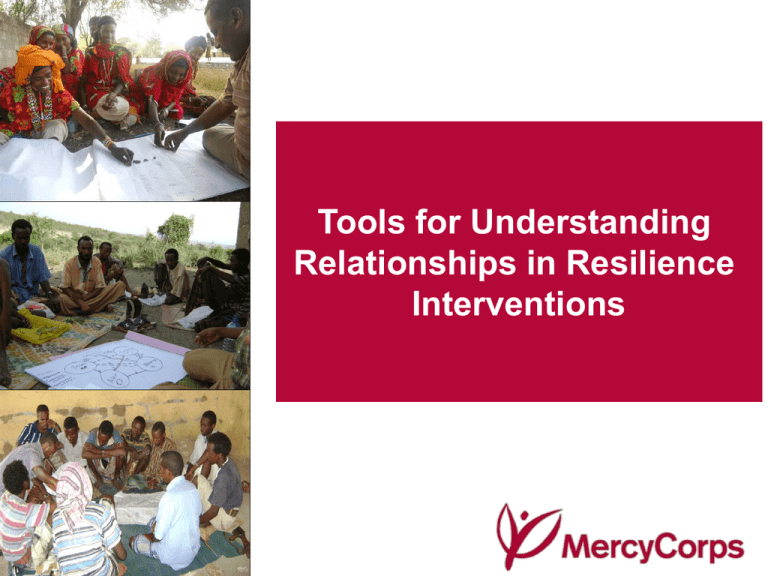
Tools for Understanding Relationships in Resilience Interventions Rapid Analysis Tools • Relationship Diagram • Resource/Services and Relationship Mapping Relationship Diagram KEY QUESTIONS: • Who are the community stakeholders in the area that affect resilience? • What are the relationships between the communities, including dependencies, points of interaction and tension.? • How do communities define a good and bad relationship? • What type of interactions – social, economic, etc. - are associated with good and bad relationships? • How often do community members interact with people from conflicting communities? Relationship Diagram • Draw circles of community stakeholders in the livelihood system • Illustrate relationships among actors using a key that identifies the relationships • Interview the key to understand more about the relationships Relationship Diagram: Example Relationship Diagram Type of Relationship Very Bad Relationship Bad Relationship Neutral Relationship Good Relationship Very Good Relationship Type of Line Relationship Diagram Question 1: Ask, “Would you describe the relationship between A and B as very good, good, neutral, bad, or very bad?” Question 2: Ask for all , “Why do you describe the relationship between A and B as good or bad?” What are the reasons for the bad relationship? What are the reasons for the good relationship? Question 3: For all relationships, ask, “In the past 3 months, have there been any interactions between A and B? If so, what kind of interactions?” Question 4: Among communities that have a bad/very bad relationship, do you see any benefit from/need of interacting with these communities? What type of benefits? Why are these important? Question 5: What is required to improve or strengthen the relationships among the communities? Resource and Relationship Mapping Key Questions: • What resources/services does the community use? Where are these resources/services located? • What resources/services are used by other communities? • Which resource, or service areas are peacefully shared and which are a source of tension? Where are these resources located? • Why are certain resources peacefully shared? Why are certain resources a source of tension? • How does tension affect resource and market access? • What relationships exist between conflict and the location of boundaries, settlements, and livelihoods-related resources? Resource and Relationship Mapping • Ask the community to brainstorm what resources/services exist in their community • Develop a map key for the major resources (including roads, mountains, and rivers/lakes) • Ask the community to start the map by drawing major landmarks, and then adding additional resources • Interview the map: Resource and Relationship Mapping Resource and Relationship Mapping Key Questions: • What resources/services does the community use? Where are these resources/services located? • What resources/services are used by other communities? • Which resource, or service areas are peacefully shared and which are a source of tension? Where are these resources located? • Why are certain resources peacefully shared? Why are certain resources a source of tension? • How does tension affect resource and market access? • What relationships exist between conflict and the location of boundaries, settlements, and livelihoods-related resources? For more information:

